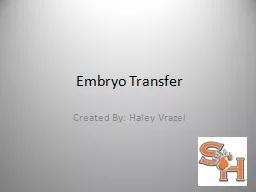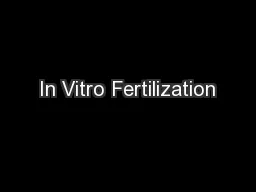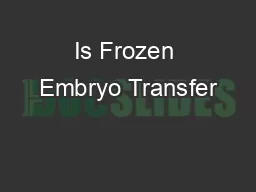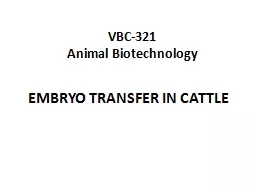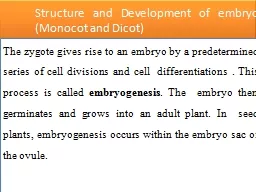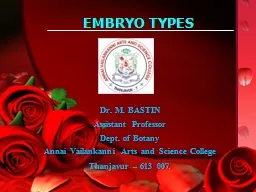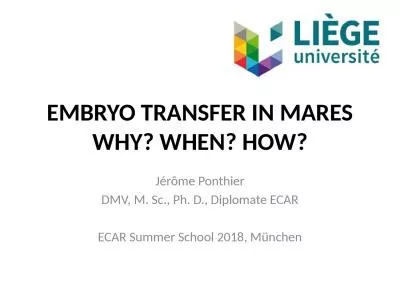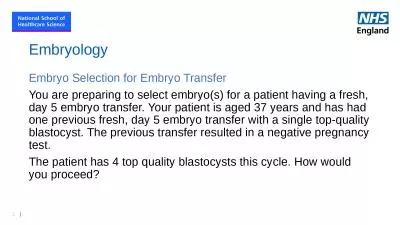PPT-Embryo Transfer Created By: Haley
Author : karlyn-bohler | Published Date : 2018-03-09
Vrazel Objectives Analyze in great depth embryo transfer List and describe the 4 steps of embryo transfer Compare and Contrast AI with ET Argue the pros and
Presentation Embed Code
Download Presentation
Download Presentation The PPT/PDF document "Embryo Transfer Created By: Haley" is the property of its rightful owner. Permission is granted to download and print the materials on this website for personal, non-commercial use only, and to display it on your personal computer provided you do not modify the materials and that you retain all copyright notices contained in the materials. By downloading content from our website, you accept the terms of this agreement.
Embryo Transfer Created By: Haley: Transcript
Download Rules Of Document
"Embryo Transfer Created By: Haley"The content belongs to its owner. You may download and print it for personal use, without modification, and keep all copyright notices. By downloading, you agree to these terms.
Related Documents

